
Explore a wide range of advanced water systems with Kind Water Systems. Our state-of-the-art water filtration and softening solutions ensure clean, safe, and healthy water for your home. From whole-house filters to reverse osmosis systems, we provide products designed to remove contaminants, soften water, and enhance water quality. Optimize your water usage and enjoy the benefits of pure, refreshing water for drinking, cooking, and bathing.
Learn about the various types of water filters, the benefits of reverse osmosis, and how to fix common water issues such as hard water and contaminants in municipal water. Our expert guides and practical tips will help you choose the best water system for your specific needs.
Our friendly filtration specialists are available six days a week to answer any questions and provide expert advice. Contact us for personalized assistance and elevate your home’s water quality with Kind Water Systems.


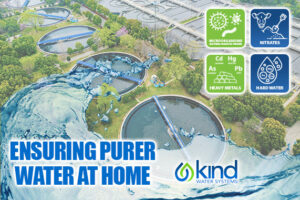
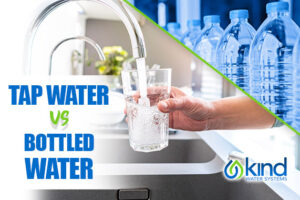





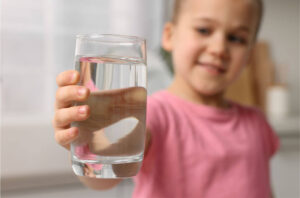
Our knowledgeable and friendly filtration specialists with years of experience can answer any questions. Choosing the right Kind Water℠ filtration system for your home can be overwhelming, but we are here to help. If you have any questions about our Kind℠ systems, feel free to call us during business hours, and we’ll be happy to speak with you as long as necessary. If talking on the phone is not your thing, you can also use the form on our contact page, and one of our friendly Kind℠ representatives will respond as soon as possible.
Monday – Friday: 9:00 AM – 8:00 PM EST
Saturday: 9:00 AM – 6:00 PM EST
Sunday: Closed
Kind℠ Water Systems
480 Fentress Blvd Suite F
Daytona Beach, FL 32114
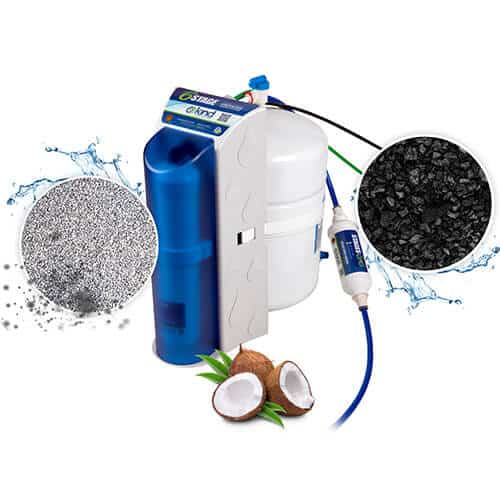
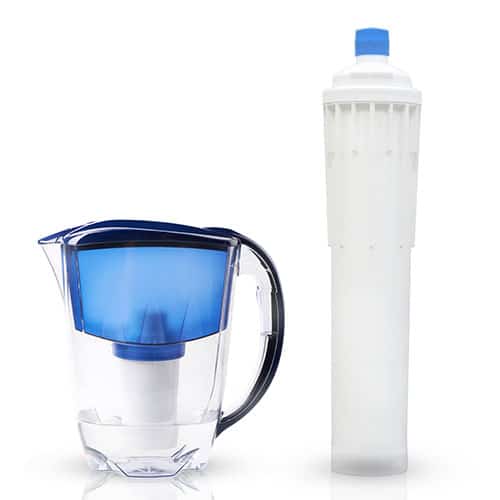
Kind PRO-RO vs. Traditional Drinking Water Filter Systems
| Impurity | Impurity Explanation | Reverse Osmosis (RO) | Water Filter Pitcher | Typical Refrigerator Filter |
|---|---|---|---|---|
| Bacteria and Viruses | Microorganisms that can cause illness and disease when ingested. | Yes | No | No |
| Dissolved Solids | Minerals, salts, and other substances dissolved in water. High levels can affect taste and may indicate other contaminants. | Yes | No | Partially |
| Heavy Metals | Metals with high density and toxicity, such as lead, arsenic, cadmium, and mercury. | Yes (Lead, Arsenic, Cadmium, Mercury) | Yes (Lead, Copper) | Partially |
| Chemical Contaminants | Synthetic or organic compounds, including pesticides, herbicides, pharmaceuticals, and industrial chemicals. | Yes (Chlorine, Chloramines, Pesticides, Herbicides, Pharmaceuticals) | Partially | Partially |
| Nitrates and Nitrites | Inorganic compounds often found in fertilizers and sewage. High levels can be harmful, especially to infants and pregnant women. | Yes | No | No |
| Fluoride | Inorganic compound often added to municipal water supplies for dental health. Excessive levels can cause dental fluorosis. | Yes | No | No |
| Sediment | Solid particles, such as sand, silt, and rust, suspended in water. Can affect water clarity and quality. | Yes | Yes | Yes |
| Chlorine Taste and Odor | Disinfectant commonly used in water treatment. Can impart a strong taste and odor to water. | Yes | Yes | Yes |
| Organic Compounds | Carbon-based molecules, including volatile organic compounds (VOCs), pesticides, herbicides, and disinfection byproducts. | Yes | Yes (Some) | Partially |
From the time the order was placed until it showed up at the front door was literally less than 24 hrs!!!
The next day the system was placed in service. It took only a couple leisurely hours to install and within minutes there was a noticeable difference in water quality!!
I can’t believe I waited so long to do this!!
Only after one day I have already recommended this system to many coworkers and friends!!
Thanks for a great product!!
I have been buying bags of 40lb water softener for years, lugging that in and out of my garage, and buying bottle water because we were only treating our water with salt pellets. I compared Kind Water Systems to other systems on the market and found the quality and price to be far more superior than other systems. With that said, I decided to put it to the test. First, the website is very user friendly and easy to navigate (5 stars), 2nd the customer service and their ability to answer all of my questions (and I had a lot) was amazing (5 stars). 3rd I received a shipping notification within 48 hours of purchasing the product on line (5 stars). 4th I received the product 48 hours later (so approximately 4 days from purchase) which is unheard of in this economy (5 stars). 5th – my plumber was able to install the new system and remove my ancient salt softener system in just a matter of a couple of hours (5 stars). And most importantly, our water flowing through our entire house is now perfect to drink and shower with (5 stars)! No more bottle water, no more 40lbs of water softener! Both my wife and daughter said they love the way it makes their hair feel when they shower too (10 stars). It also created more space in my garage since it mounts on the wall (see photo) (5 stars). I signed up for the automatic annual filter order service they offer because I’ll never remember to do that on my own (5 stars). I do not normally leave Google reviews but felt compelled to with this product. I’d probably give it more than 5 stars if I could! I hope the company produces one for RV’s next! I’d buy that in a heartbeat and give it 10 stars too!
Its nice to get a human on the phone quickly.
called with install questions twice and both times got quick knowledgeable advice. Very professional and helpful.7/01/2022
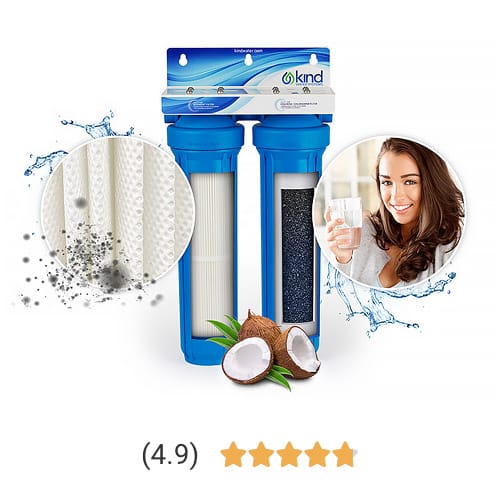
|

|
||
|---|---|---|---|
| Kind E-1000 | Traditional Tank Filter | ||
| One System Does It All | Requires 2 Systems | ||
| Capacity: 1-6 Bathrooms (15 GPM) |
Capacity: 1-3 Bathrooms (9 GPM) Capacity: 4-6 Bathrooms (12 GPM) |
||
| Sale Price: From $788.80 |
1-3 Bathrooms: $820 - $875 4-6 Bathrooms: $1,035 - $1,150 |
||
|
All Certified Components NSF/ANSI, 42, 61, 372 - lead-free, CSA B483.1. In compliance with Drinking Water Treatment Units regulations, USA and Canada. |
Depends on Manufacturer | ||
| No Electricity Required | No Electricity Required | ||
| No Pre-Soak Required | Requires 24 - 48 Hour Pre-Soak | ||
| No Carbon Dust | Carbon Dust in Tubs and Toilets | ||
|
Easy Install - Only 2 Connections |
More Difficult to Install - $$$$ - 4 Plumbing Connections - Professional Plumber Recommended |
||
| Zero Water Waste | No Water Waste | ||
| Zero Floor Space Required | Requires Valuable Floor Space | ||
| Take It With You When You Move | Difficult to Move - Big & Heavy | ||
|
Easy Plug-and-Play Filter Changes - You're Never Without Filtered Water |
Requires Removing Loose Wet Carbon From Filter Tank - Plus 24 - 48 Hour Pre-Soak Before Use and Often Requires a Plumber | ||
|
20" Pleated Sediment Filter - Gives You 2X the Surface Area - Washable |
10" String-Wound Sediment Filter - Not Washable |
||
|
High-Performance Carbon Block Technology - 7 to 10 Times More Surface Area Than Standard Loose Granular Activated Carbon Media |
Loose Granular Activated Carbon | ||
| Performance Guarantee |
Performance Guarantee - May Depend on Manufacturer |
||
| No Channeling or Floating of Carbon Media | Possible Channeling and Floating of Carbon Media That Reduces Pressure and Performance | ||
| Limited Lifetime Warranty |
Limited Lifetime Warranty - May Depend on Manufacturer |
||
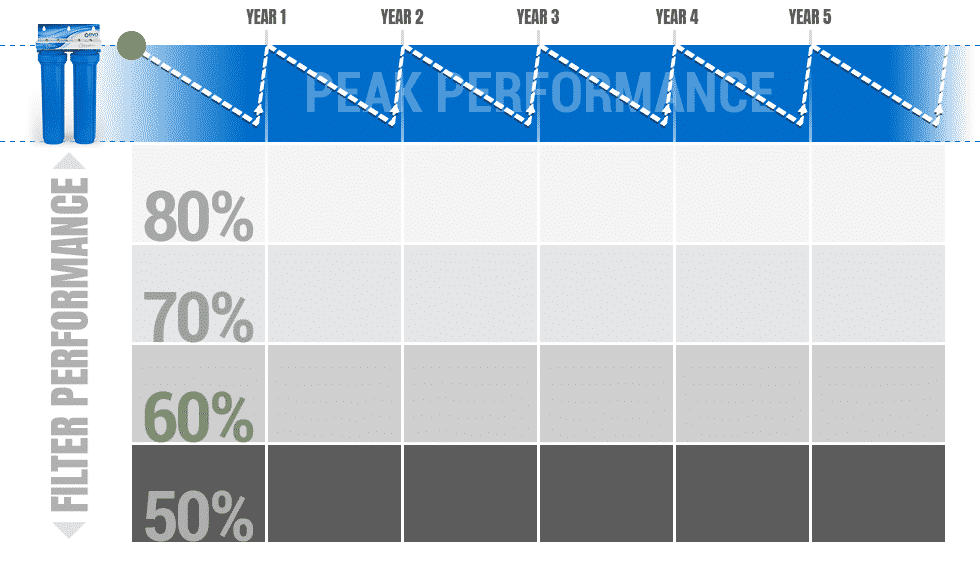
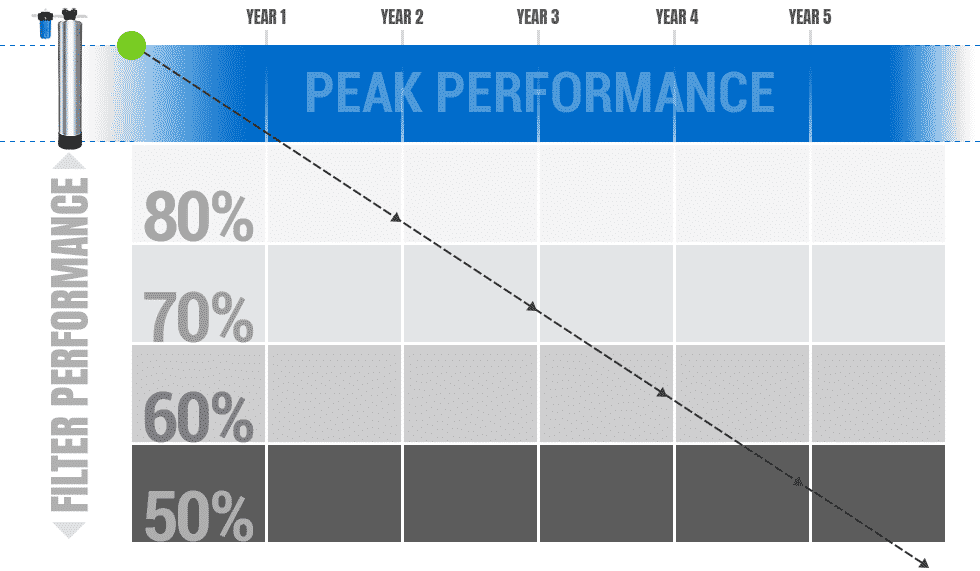
All Kind systems are made with certified components and designed for peak performance. Cities and Municipalities often vary the amount of chemicals they introduce into your water throughout the year and in doing so it can affect the longevity of your filter. Replacing your filters once a year ensures that your system is operating at peak performance at all times.
The Kind filters also utilize a Catalytic Activated Coconut Shell Carbon Block technology giving the best filtration possible without the carbon dust, channeling, and flow issues associated with loose granular coal base carbon found in traditional tank-style filters. Simply put, whole-house water filtration has evolved and so has the way you filter your water.
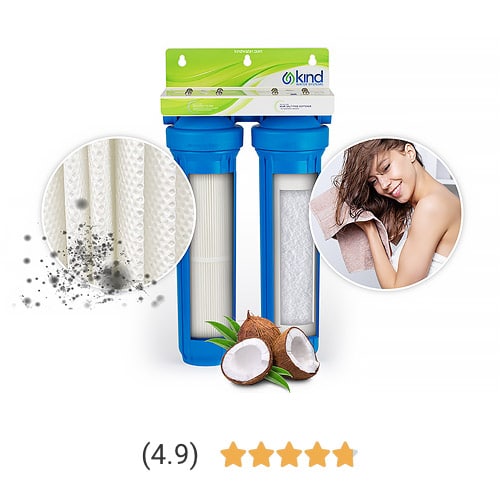
|

|
||
|---|---|---|---|
| Kind E-2000 | Traditional Tank Softener | ||
| One System Does It All | Requires 2 Systems | ||
| Capacity: 1-6 Bathrooms (15 GPM) |
Capacity: 1-3 Bathrooms (9 GPM) Capacity: 4-6 Bathrooms (12 GPM) |
||
| Sale Price: From $1,103.30 |
1-3 Bathrooms: $1,430 - $1,560 4-6 Bathrooms: $1,730 - $1,885 |
||
|
All Certified Components NSF/ANSI, 42, 61, 372 - lead-free, CSA B483.1. In compliance with Drinking Water Treatment Units regulations, USA and Canada. |
Depends on Manufacturer | ||
| No Electricity Required | No Electricity Required | ||
| No Pre-Soak Required | Requires 24 - 48 Hour Pre-Soak | ||
|
Easy Install - Only 2 Connections |
More Difficult to Install - $$$$ - 4 Plumbing Connections - Professional Plumber Recommended |
||
| Zero Water Waste | No Water Waste | ||
| Zero Floor Space Required | Requires Valuable Floor Space | ||
| Take It With You When You Move | Difficult to Move - Big & Heavy | ||
|
20" Pleated Sediment Filter - Gives You 2X the Surface Area - Washable |
10" String-Wound Sediment Filter - Not Washable |
||
|
eSoft Salt-Free TAC Technology - Superior Performance at Standard Flow Rates (Showers, Sinks, and Toilets) |
Salt-Free Technology -Requires Higher Flow Rates to Achieve Proper Contact Time |
||
| Performance Guarantee |
Performance Guarantee - May Depend on Manufacturer |
||
| Limited Lifetime Warranty |
Limited Lifetime Warranty - May Depend on Manufacturer |
||
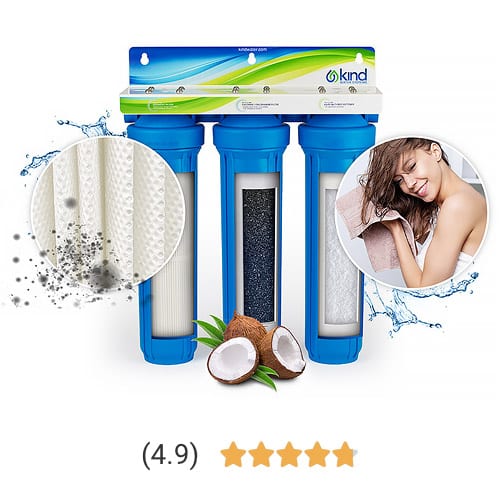
|

|
||
|---|---|---|---|
| Kind E-3000 | Traditional 2-Tank Combo | ||
| One System Does It All | Requires 2 Systems | ||
| Capacity: 1-6 Bathrooms (15 GPM) |
Capacity: 1-3 Bathrooms (9 GPM) Capacity: 4-6 Bathrooms (12 GPM) |
||
| Sale Price: From $1,698.30 |
1-3 Bathrooms: $2,150 - $2,300 4-6 Bathrooms: $2,600 - $2,850 |
||
|
All Certified Components NSF/ANSI, 42, 61, 372 - lead-free, CSA B483.1. In compliance with Drinking Water Treatment Units regulations, USA and Canada. |
Depends on Manufacturer | ||
| No Electricity Required | No Electricity Required | ||
| No Pre-Soak Required | Requires 24 - 48 Hour Pre-Soak | ||
| No Carbon Dust | Carbon Dust in Tubs and Toilets | ||
|
Easy Install - Only 2 Connections |
More Difficult to Install - $$$$ - 6 Plumbing Connections - Professional Plumber Recommended |
||
| Zero Water Waste | No Water Waste | ||
| Zero Floor Space Required | Requires Valuable Floor Space | ||
| Take It With You When You Move | Difficult to Move - Big & Heavy | ||
|
Easy Plug-and-Play Filter Changes - You're Never Without Filtered Water |
Requires Removing Loose Wet Carbon From Filter Tank - Plus 24 - 48 Hour Pre-Soak Before Use and Often Requires a Plumber | ||
|
20" Pleated Sediment Filter - Gives You 2X the Surface Area - Washable |
10" String-Wound Sediment Filter - Not Washable |
||
|
eSoft Salt-Free TAC Technology - Superior Performance at Standard Flow Rates (Showers, Sinks, and Toilets) |
Salt-Free Technology -Requires Higher Flow Rates to Achieve Proper Contact Time |
||
|
High-Performance Carbon Block Technology - 7 to 10 Times More Surface Area Than Standard Loose Granular Activated Carbon Media |
Loose Granular Activated Carbon | ||
| Performance Guarantee |
Performance Guarantee - May Depend on Manufacturer |
||
| No Channeling or Floating of Carbon Media | Possible Channeling and Floating of Carbon Media That Reduces Pressure and Performance | ||
| Limited Lifetime Warranty |
Limited Lifetime Warranty - May Depend on Manufacturer |
||
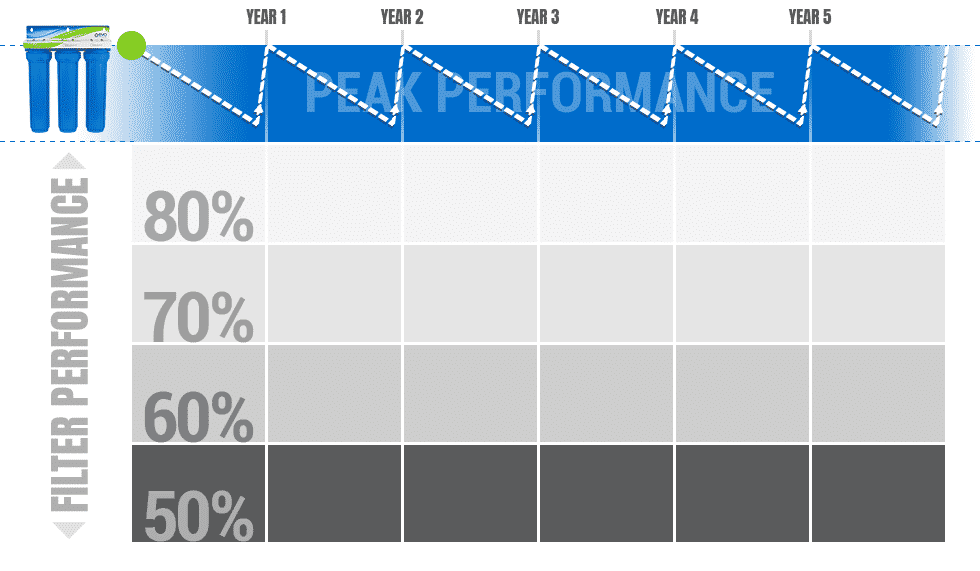
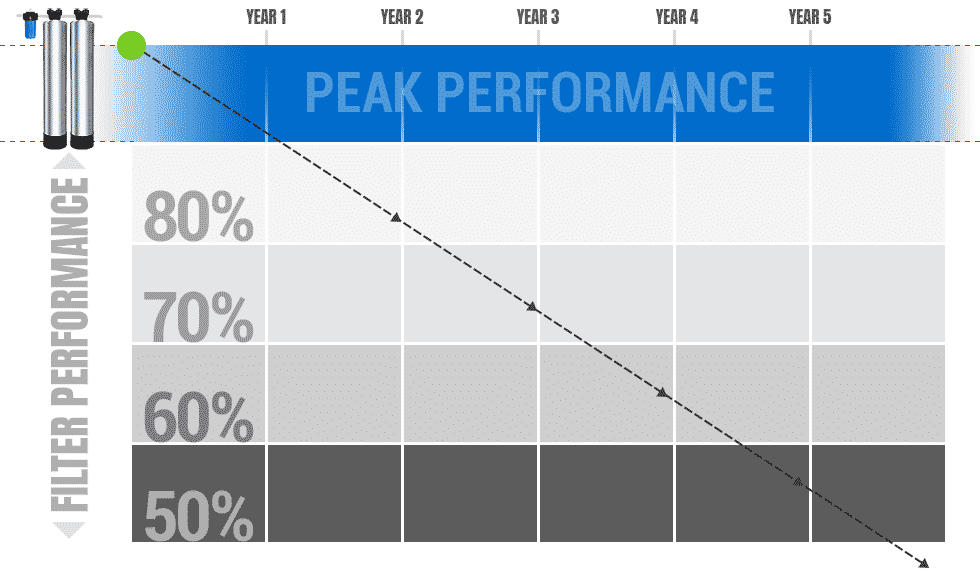
All Kind systems are made with certified components and designed for peak performance. Cities and Municipalities often vary the amount of chemicals they introduce into your water throughout the year and in doing so it can affect the longevity of your filter. Replacing your filters once a year ensures that your system is operating at peak performance at all times.
The Kind filters also utilize a Catalytic Activated Coconut Shell Carbon Block technology giving the best filtration possible without the carbon dust, channeling, and flow issues associated with loose granular coal base carbon found in traditional tank-style filters. Simply put, whole-house water filtration has evolved and so has the way you filter your water.